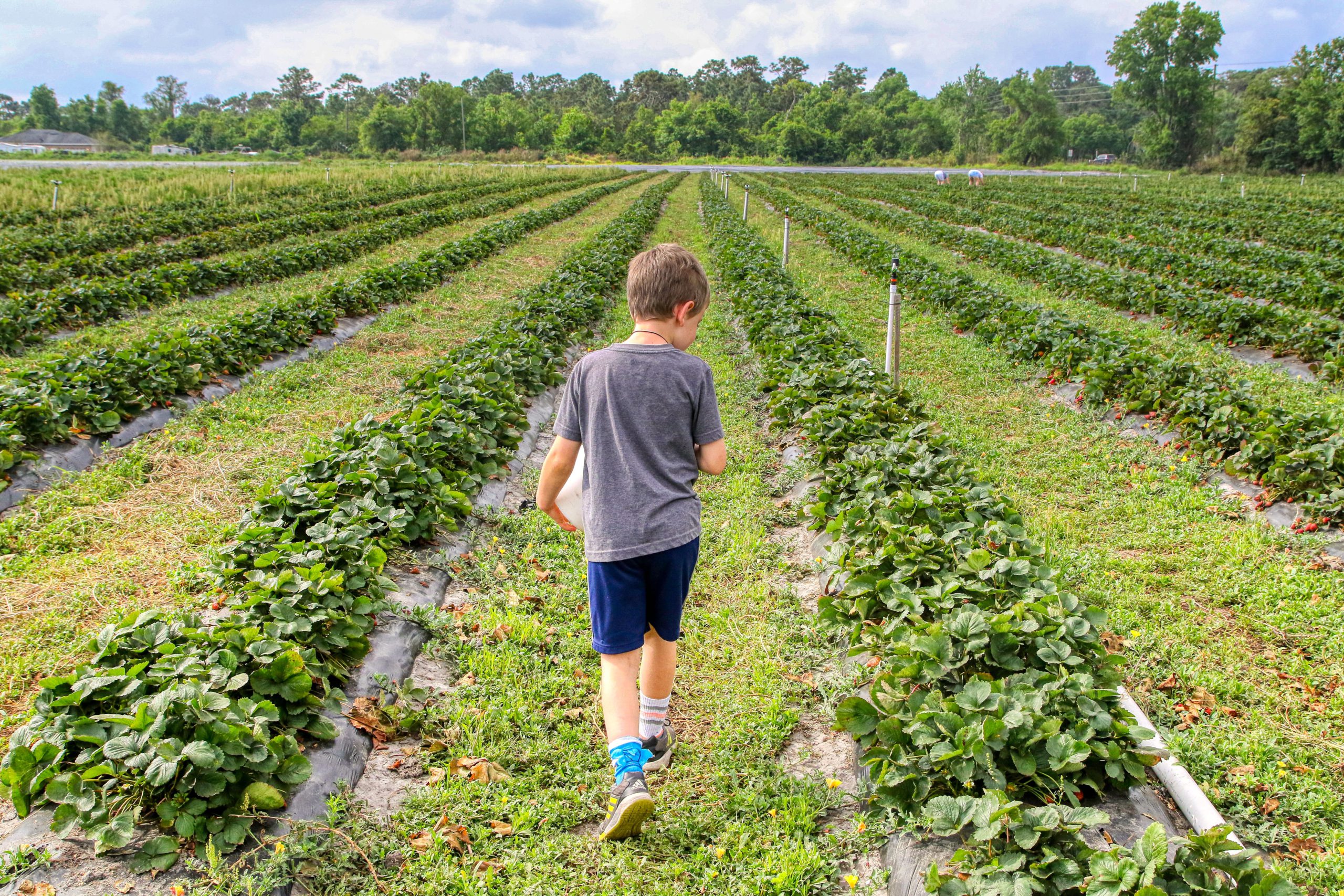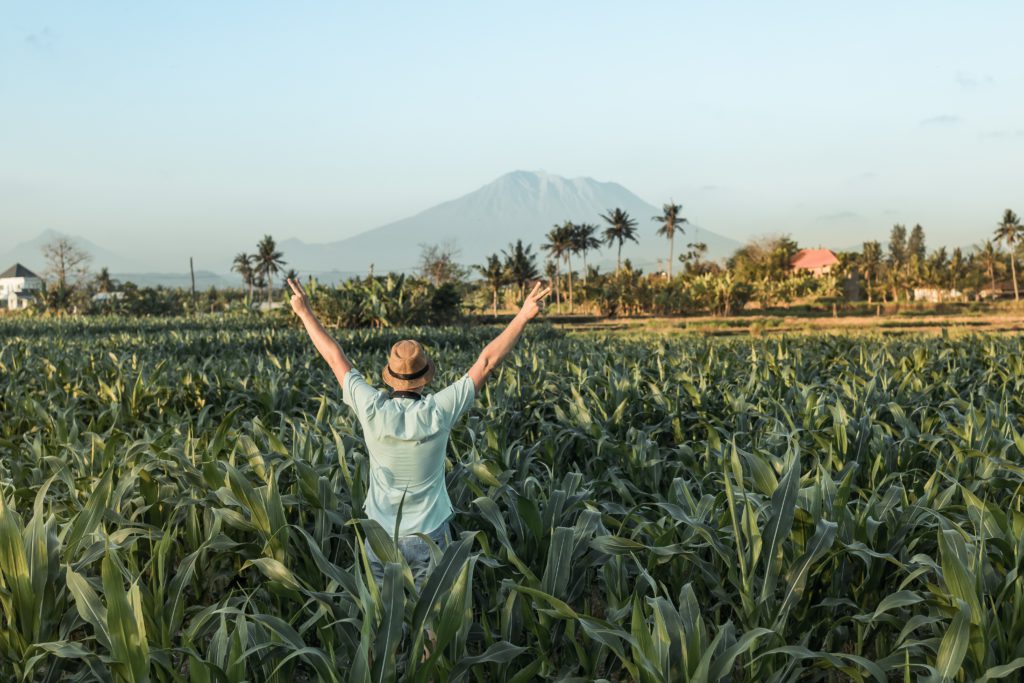
Agriculture
Agriculture is the science and art of cultivating plants and livestock. Agriculture was the key development human development whereby farming of species created food that enabled people to live in cities.
The major agricultural products can be broadly grouped into foods, fibers and raw materials (such as rubber). Food classes include cereals (grains), vegetables, fruits, oils, meat, milk, fungi and eggs.
Over one-third of the world’s workers are employed in agriculture, second only to the service sector, although the number of agricultural workers in developed countries has decreased significantly over the centuries.

Types of Agriculture
Agriculture is one of the most widespread activities in the world. There are many ways to classify agriculture, including some important ways to accept it
- Scale
- Type of crop
- Livestock combinations
- Intensity
- Means of distribution of farm produce
- Level of mechanization etc..
All of the above are the major types of agriculture around the world.
1.Scale
Scale
1.1) Small-scale agriculture: Small-scale agriculture is the production of crops and livestock on a small-piece of land without using advanced and expensive technologies. … This type of farming is usually characterised by intensive labour and in most cases, animal traction, limited use of agrochemicals and supply to the local or surrounding markets.
1.2) Large-scale agriculture: Large-scale farms have a higher than average value of output per acre and per dollar of investment. The largest farms are predominantly cattle feedlots, poultry operations, and vegetable farms. The smaller large-scale farms are mostly cattle ranches, cash-grain farms, and dairy farms.
2.Type of crop
Type of crop
A crop is a plant or plant product that can be grown and harvested for profit or subsistence. By use, crops fall into six categories:
- food crops (such as fruit and vegetables, are harvested for human consumption)
- feed crops
- fiber crops
- oil crops
- ornamental crops
- industrial crops
- Food crops
3.Livestock combinations
Livestock combinations
Livestock: Livestock, farm animals, with the exception of poultry. In Western countries the category encompasses primarily cattle, sheep, pigs, goats, horses, donkeys, and mules; other animals, such as buffalo, oxen, llamas, or camels, may predominate in the agriculture of other areas.
4.Intensity
Intensity
In general, agricultural intensity is defined as the ratio of inputs and outputs within an agricultural system. I mean that, Agricultural intensity refers to how intensely the various inputs like land labour, capital items like seed, fertilizer, chemicals and so on are applied in a unit area in order to enhance the productivity (yield) and profitability in a given year or over the years.
5.Means of distribution of farm produce
Distribution of farm produce
Farmers producing agricultural produce are scattered in remote villages while consumers are in semi-urban and urban areas. … Thus, a channel of distribution of a product is the route taken by the ownership of goods as they move from the producer to the consumer or industrial user.
6.Level of mechanization
Level of mechanization
The mechanization is best observed in agriculture which embraces the use of tools, implements and machines for agricultural land development, crop production, harvesting, storage and on-farm processing. Three main power sources involved in levels of mechanization are: human, animal and mechanical.
Importance of agriculture in the Food supply: Agriculture is the world’s leading source of food items. Agriculture produces vegetables, proteins, and oils. The carbohydrates provide all living beings with energy. These are produced in the form of grains that grow in farms such as rice, wheat, and potatoes.
In the case of academic observation:..
Certificate Courses:
- Certificate in Agriculture Science
- Certificate course in Food & Beverage Service
- Certificate course in Bio-fertilizer Production
Diploma Courses:
- Diploma in Agriculture
- Diploma Courses in Agriculture and Allied Practices
- Diploma in Food Processing
Bachelor Courses (B.Sc):
- B.Sc in Agriculture
- B.Sc Science in Agriculture
- B.Sc Science (Honors) in Agriculture
- B.Sc Science in Crop Physiology
- B.Sc in Genetic Plant Breeding
- B.Sc in Agriculture Economics and Farm Management
- B.Sc in Animal Husbandry
- B.Sc in Forestry
- B.Sc Soil and water management
- B.Sc in Horticulture
- B.Sc Agriculture and Food Business
Master Courses (M.Sc):
- Master of Science in Agriculture
- Master of Science in Biological Sciences
- Master of Science in Agriculture Botany
Doctoral Courses:
- Doctor of Philosophy in Agriculture
- Doctor of Philosophy in Agriculture Biotechnology
- Doctor of Philosophy in Agricultural Entomology
Here, is the list of major subjects of agriculture:
- Agronomy.
- Plant Breeding and Genetics.
- Entomology.
- Plant Pathology.
- Horticulture.
- Agri Economics.
- Agri Extension.
- Soil Science.
Is agriculture a good career……. Career in Agriculture is one of the largest industries and a good source of employment across the country. Agriculture also plays a vital role in local economy. … It promotes the efficient production of quality food in the agricultural-food industry & on the farm linked to the farming.
Is agriculture hard to study……. No! B.Sc in agriculture is a practical oriented course so it’s not hard to study. There will be crop production courses and experimental plot technique which will give exposure to real field situation and obstacles which are we going to face during crop production.
Can I do agriculture after 10th…… Yeah! Diploma in Agriculture Eligibility Candidates who have completed the 10th examination in Science stream or an equivalent examination from a recognized board are eligible for Diploma in Agriculture course. Candidates who have passed the 10th examination with 50% of marks are also eligible for this course.
How can I study agriculture……. Studying agriculture, you will need to take a great many math and science courses. The science classes may be: animal and/or plant biology, chemistry, physical science, genetics, animal nutrition, human nutrition, animal reproduction and soil science. The math courses will most likely include economics
Bachelor of Science (BS / BSc), Agriculture – Salary…… Get a free salary comparison based on job title, skills, experience and education. Accurate, reliable salary and compensation comparisons for United States…. $72,430. Currency: USD.
Select of our course to study.







